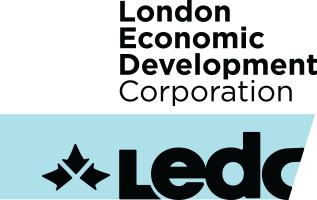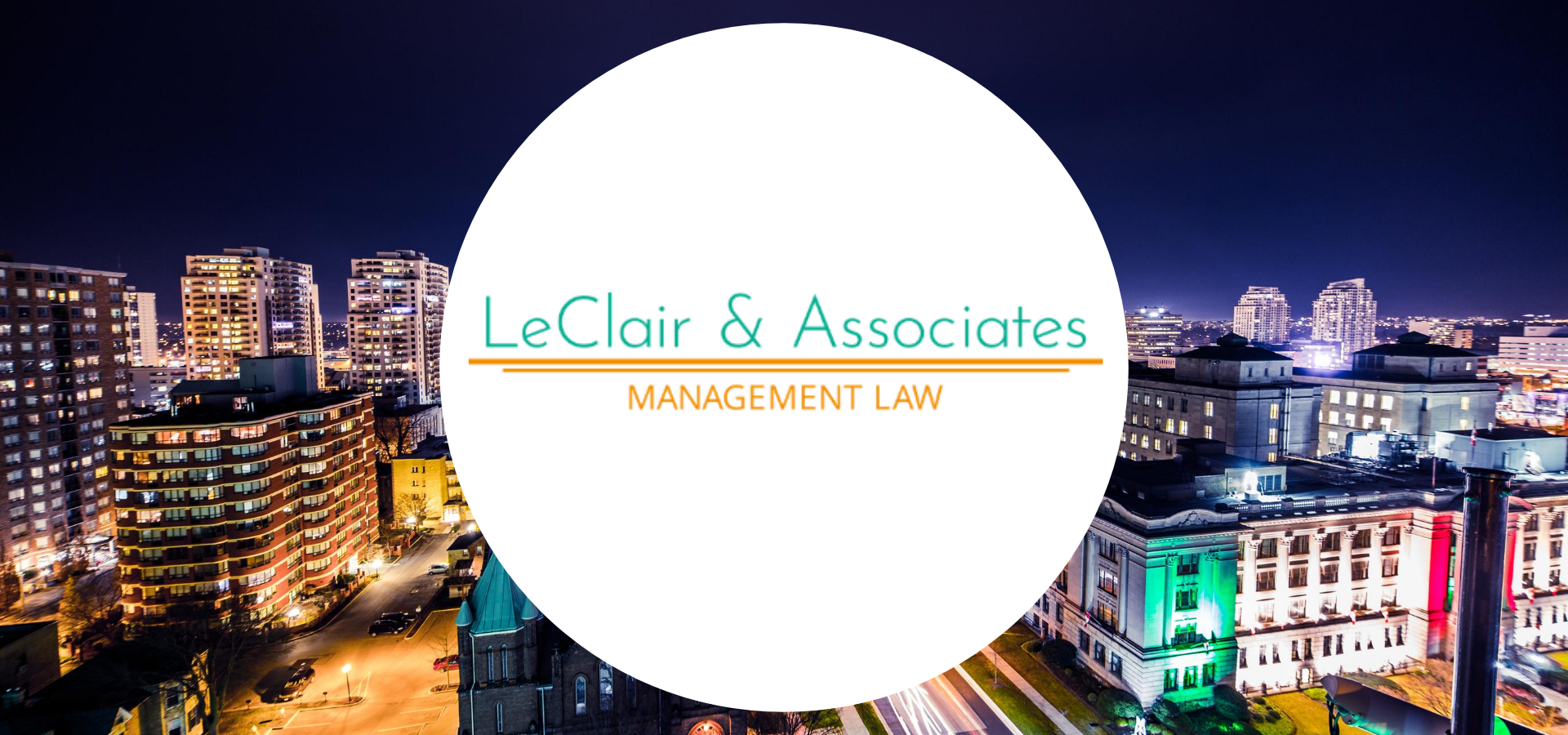COVID-19’s second wave washes in some changes, but not as many as most may think.
- The Regulation: On September 25, 2020, Regulation 364/20 to the Re-Opening of Ontario (A Flexible Response to COVID-19) Act, 2020, introduced specific rules for businesses in operation and added further measures for various sectors aimed at ensuring the safe re-opening of Ontario.
- The Latest: On November 7, 2020, the Regulation was amended to introduce a colour coded framework, which categorizes each public health unit / region into five levels, each with its own public health and workplace safety measures, including specific rules for certain sectors. The framework ranges from Green – Yellow – Orange – Red and ends with a final measure of last resort, being a further lockdown. A copy of the framework and information on each of its zones can be located here:
- The Framework, together with a number of associated news reports has created significant confusion amongst employers and employees, including questions as to whether employees are now required to wear masks for the full duration of their hours/shift in indoor workplaces, as well as murmurings of eye protection and/or face shields now being required too. As before, we have gone straight to the source and have broken down the salient aspects of the Regulation to keep you and your businesses empowered.
Firstly, the updated Regulation refers to a Safety Plan, what is this and how do we comply?
Safety Plans: Under the Regulation, employers should formally prepare and make available Safety Plans, describing the measures and procedures which have been, or will be implemented to reduce the transmission risk of COVID-19. This would typically include screening procedures, rules around physical distancing, masks, face coverings or PPE and finally, the cleaning and disinfecting of the workplace. Most employers already have these measures in place and therefore the only compliance measure would be to post the Safety Plan in a conspicuous place where it is accessible to employees and workers.
Does the Regulation override other health and safety legislation in the workplace?
No: The Regulation specifically records that businesses and organizations must continue to comply with all applicable laws and these would include both the Occupational Health and Safety Act, together with its Regulations, and the Human Rights Code. Incorporated under the Regulation is the additional duty to comply with all public health advice, recommendations, instructions and directives issued by the Office of the Chief Medical Officer of Health.
What does the law now require in terms of the wearing of masks. Is it all day, every day and everywhere?
As a general proposition: the Regulation provides that every business and organization shall ensure that every person in the indoor area of the premises of the business or organization, or in a vehicle that is operating as part of the business or organization, wears a mask or face covering in a manner that covers their mouth, nose and chin unless the person is:
- a child who is younger than two years of age, or is attending a school or private school within the meaning of the Education Act that is operated in accordance with a return to school direction issued by the Ministry of Education and approved by the Office of the Chief Medical Officer of Health;
- attending a child-care program at a place that is in compliance with the child care re-opening guidance issued by the Ministry of Education;
- receiving approved residential services in accordance with subsection 4(2) of the Services and Supports to Promote the Social Inclusion of Persons with Developmental Disabilities Act, 2008;
- in a correctional institution or in a custody and detention program for young persons in conflict with the law; o performing or rehearsing in a film or television production or in a concert, artistic event, theatrical performance or other performance;
- a person with a medical condition that inhibits their ability to wear a mask or face covering, or is unable to put on or remove their mask or face covering without the assistance of another person, or needs to temporarily remove their mask or face covering while in the indoor area:
- to receive services that require the removal of their mask or face coverings (which will only be permitted for regions in the Green and Yellow zones);
- to engage in an athletic or fitness activity;
- to consume food or drink, or;
- as may be necessary for the purposes of health and safety;
- being accommodated in accordance with the Accessibility for Ontarians with Disabilities Act, 2005, or is being reasonably accommodated in accordance with the Human Rights Code; or
- performing work for the business or organization in an area that is not accessible to members of the public and is able to maintain a physical distance of at least two metres from every other person while in the indoor area.
- No Blanket rule on masks: The Regulation has therefore not changed the legal position around the wearing of masks, with the above exceptions continuing to apply in the employment context as they had before the update. As such, provided that social distancing is still possible and provided that the office or facility is not one that the public have access to, employees would still be permitted to remove their masks / face coverings when working in their offices and workspaces. This does not however mean that employers are precluded from mandating the continuous wearing of masks, subject however to any requests for accommodation, which may (if implemented) include requests to work from home.
Has the Regulation changed the law around an employer’s right to seek medical evidence that they fall within one of the above noted exceptions?
- The short answer is no: The Regulation provides that it is not necessary for an individual to present evidence that they are entitled to any of the exceptions. Notwithstanding this, employers may still have the right and likely the duty to fully understand and discuss the reasons related to the exception with that employee, in order to comply with both its obligations under the Occupational Health and Safety Act, its Regulations, and also any duty to accommodate under the Human Rights Code.
Certain news reports have stated that employees are now (and by law) required to wear personal protective equipment that protects their eyes?
- Again, this is only required where the circumstances justify this – let us explain: The Regulation requires that a person shall wear PPE that provides protection of the person’s eyes, nose and mouth if, in the course of providing services, the person is required to come within 2 metres of another person who is not wearing a mask or face covering when that person is in an indoor area; and is not separated by plexiglass or some other impermeable barrier.
Does the Regulation add anything further to the employer’s obligations around access control?
- Yes: Business and Employers must record the name and contact information of every member of the public who attends a meeting or event, which records are required to be retained for a period of at least one month, and which records can only be disclosed (i) to a medical officer of health or an inspector under the Health Protection and Promotion Act and (ii) on request for a purpose specified in section 2 of that Act, or as otherwise required by law.
As we have come to learn, things will keep evolving and we will keep sharing information with you to assist you and your organization.
For specific questions, please feel free to reach out to us directly at – [email protected]
[email protected]


